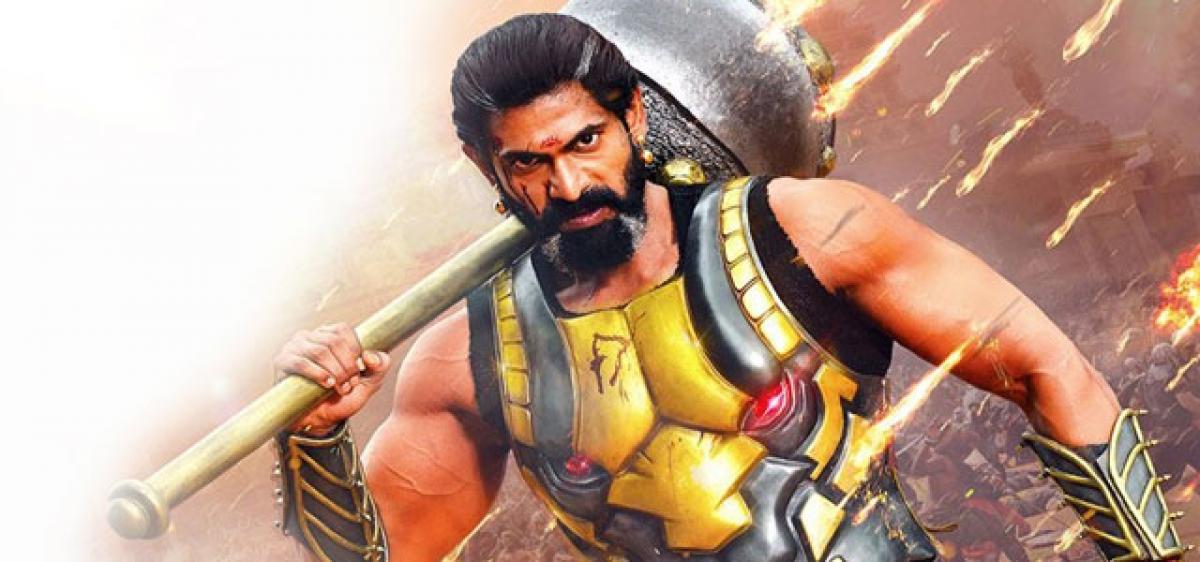The Formidable Ones

As the camera pans, we see a freaky set up, a sinister lair with chants reverberating in the air. As camera takes us closer, we see a head chanting fervently with rest of the body standing next to it. When the chants come to a close, the head barks for his assistant, “Sadajapa...”, who attaches the head and body with a magic twig.
Chalking out scenes to make antagonist look formidable is a difficult task, which not many directors could master. Many used the template to a great effect in one of two of their films but only a few used it to a spectacular effect in all their films. Here is a rundown of a few
As the camera pans, we see a freaky set up, a sinister lair with chants reverberating in the air. As camera takes us closer, we see a head chanting fervently with rest of the body standing next to it. When the chants come to a close, the head barks for his assistant, “Sadajapa...”, who attaches the head and body with a magic twig.
It was a shocking introduction, which left the audience in awe of the character, Mayala Marati superbly portrayed by SV Ranga Rao, when KV Reddy’s ‘Pathala Bhairavi’ was released in 1951. The legendary director not only came up with intriguing introduction for an antagonist but also made sure that the scene shows how formidable the villain was.
It was one of the old formulae, which Reddy successfully used – make villain look so formidable that when protagonist confronts him and hits him, his heroism is elevated.
Reddy has successfully followed the suit in his later movies like ‘Jagadaka Veeruni Katha’ (1961) and others. However, with the advent of social dramas towards late 50s and early 60s, not many directors used this formula of elevating villains and making them look formidable.
After KV Reddy, it was the doyen of folklore (Janapada) movies B Vithalacharya, who used the template of making the villain formidable in all his movies. In one of his most successful movies ‘Guruvuni Minchina Sishyudu’, antagonist Kalaketu is such a powerful wizard that nothing and no one can beat him. He went ahead to make the film end in stalemate with both the protagonist and antagonist being equal, and with Mukkamala Krishna Murty, who superbly portrayed Kalaletu having a change of heart and mending his ways.
Vithacharya championed the template of making villain look unbeatable in all his movies. After KV Reddy and Vithalacharya it was Singeetham Srinivasa Rao and Bapu, who successfully explored the formula.
In Bapu’s directorial debut ‘Sakshi’ (1967), the very mention of the name of the villain sends shivers down the spine of the people of entire village. In his social drama ‘Goranta Deepam’ (1978), one cannot but loathe Mohan Babu, who plays the main antagonist in the film. It was the director’s way of making the villain look formidable that makes us cheer for Vanisri, when she beats her tormentor black and blue with a stick.
When Singeetam Srinivasa Rao announced that comedian Nagesh will be playing the role of main antagonist in the film ‘Apoorva Sagodharargal’ (1989), it was met with scepticism and doubts whether the famed comedian can pull of the role. Rao, who worked as an assistant for KV Reddy, created such an antagonist in the film that we have to dread whenever Nagesh comes on screen.
He played eternal tribute to the template and his guru KV Reddy, when he made ‘Bhairava Dweepam’ in 1994. The introduction of Vijayaranga Raja as wizard Bhairavudu, stokes our memories of ‘Pathala Bhairavi’.
Coming to modern filmmakers, there is no one better than SS Rajamouli, who explored the template. He made it his mission to ensure that villains in his movies have best introduction scenes than heroes. The scene ‘Baahubali: The Beginning’ (2015) in which Bhallala Deva (Rana Daggubati) fights a wild untamed bull, serves as testimony to the director’s belief in the formula.
















